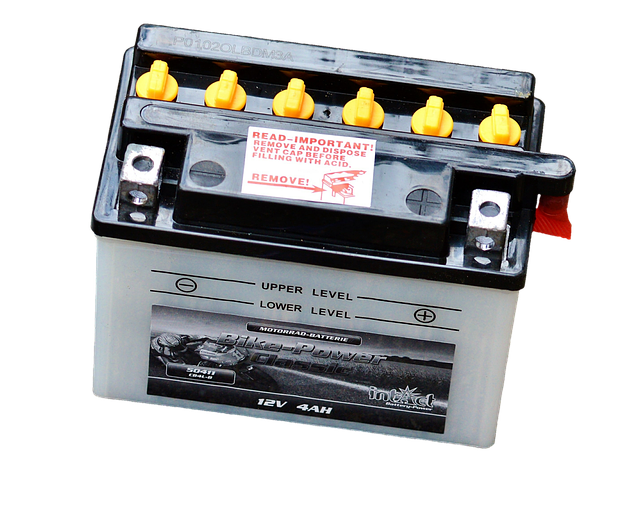Keep in mind that battery performance is affected by cold weather, especially in winter. If you drive only occasionally and for short distances, the battery will not be fully charged. In fact, short trips will not fully charge the battery. If you use your car regularly and travel long distances, the battery will be constantly charged. While this will not interfere with starting in the summer, it is a good idea to charge the battery yourself in the winter and repeat the process several times during the winter months.

]
Disconnect the battery and place it outside the vehicle before charging. Charge only with the original charger you purchased. Failure to do so may damage the battery or, in the worst case, cause injury.
Use caution when charging. Chemical processes occur within the battery and the electrolyte from the battery may cause burns. Keep naked flames away from a battery that is being charged. When connecting the battery, be careful not to replace the cables or use the wrong polarity. Keep the battery clean at all times.
How to choose the proper battery.
A car battery has a specific place to put it. So first you need to know the dimensions of the battery. Find out the voltage required for the battery. This information can be found on the label on the battery. The next important information is the capacity. This information is also found on the label on the battery. For gasoline engines, a capacity of up to 65 Ah is fine, but for diesel engines, choose a capacity of 70 Ah or more. Starting current is different for gasoline and diesel engines.
The life of a battery is approximately 5 years. Batteries are hazardous waste and must be disposed of in an environmentally friendly manner. The best method is to bring them to a collection agency or directly to a dealer who will arrange for their disposal.